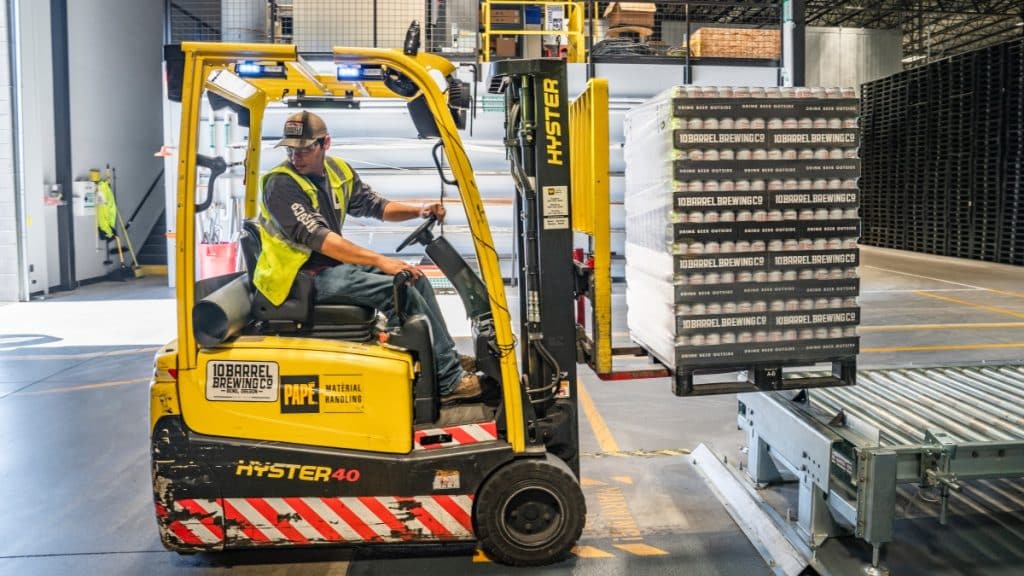In any business, both big and small, supply chain management is a critical process. After all, it is responsible for the procurement of raw materials needed for production, as well as the distribution of the finished products to the end customers.
With that in mind, it’s no wonder that an increasing number of businesses are now turning to supply chain optimization in order to streamline their operations and improve their bottom line.
In most cases, a lot of businesses will secure self storage units aside from their usual warehouse storage to ensure that their goods are properly stored and prepared for delivery. That being said, here are some of the benefits of supply chain optimization for businesses.
Best Practices for Supply Chain Optimization
The best approach depends on the specific industry, company, and product. However, there are some general best practices that can be followed to improve supply chain efficiency.
One of the most important things to do is to map out the entire supply chain from start to finish. This will help you identify any bottlenecks or inefficiencies.
It’s also important to establish clear communication channels between all parties involved in the supply chain. This includes suppliers, manufacturers, distributors, and retailers.
Another best practice is to use technology to your advantage. There are many software programs and applications that can help streamline supply chain operations. By using these tools, you can automate various tasks and make the entire process more efficient.
What role Does Technology Play in Supply Chain Optimization?
Technology plays a very important role in supply chain optimization. By using technology, businesses can track their inventory levels, shipments, and other data points in real-time.
This allows them to make more informed decisions about where to allocate their resources and how to best utilize their supply chains. Additionally, technology can help businesses automate various tasks within their supply chains, which can further improve efficiency and optimize costs.
The Challenges of Supply Chain Optimization for Businesses
The goal of supply chain optimization is to minimize the cost of goods and services while maximizing customer satisfaction. The first step in achieving this goal is to understand the challenges involved in supply chain optimization.
One of the biggest challenges is data management. In order to optimize the supply chain, businesses need access to accurate and up-to-date data. This data must be organized in a way that makes it easy to analyze and interpret.
Another challenge is forecasting demand. Businesses need to be able to accurately forecast future demand in order to optimize their supply chains. This can be difficult because there are many factors that can affect demand, such as economic conditions and social trends.
A third challenge is managing supplier relationships. In order to optimize the supply chain, businesses need to develop strong relationships with their suppliers. This includes establishing clear communication channels, and setting expectations.
The main benefit of supply chain optimization for businesses is the potential to reduce costs by streamlining processes and improving efficiencies.
